
Forest highlights of 2020
2020 was a year like no other, but despite the challenges we continued our work growing England’s largest new native broadleaf Forest. As 2021 begins we asked Beth Brook, our Chief Executive, for her highlights of 2020.
The Forest played an important role in lockdown
The Forest remained open throughout the year and I am proud of the important role it played for so many during the difficult lockdown periods. Providing a beautiful natural environment, open and free for everyone to enjoy, brought both physical and mental health benefits when they were needed most. We were all heartened by the many many positive comments sent in from visitors, keeping everyone going when times were hard.
We were delighted to welcome an increased number of visitors in 2020, all benefitting from connecting with nature and spending time in the Forest, and we hope this continues in 2021.
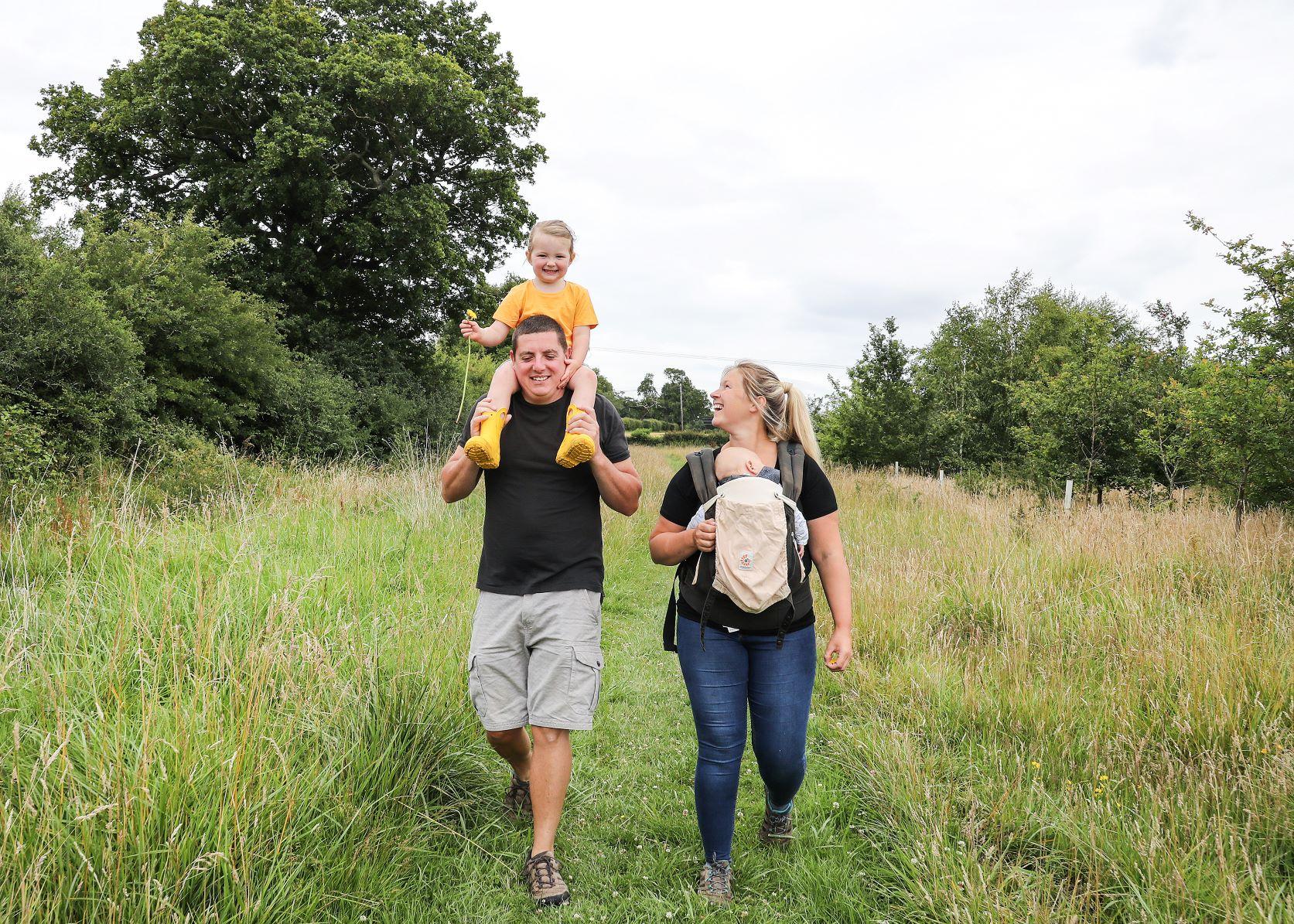
Success stories for biodiversity
In the summer we embarked on a five-year partnership project with Severn Trent to help our native pollinators. Many of our pollinators are in decline, primarily due to the loss of wildflower-rich grassland. Over 97% of our wildflower meadows have been lost since the 1930’s, equating to 7.5 million acres. In partnership with Severn Trent, we will create 30-metre wide ‘pollinator pathways’ covering 168 acres within the Spernal area of the Forest, to give pollinators a helping hand.
At the end of the year an exciting wetland creation project began at Oak Wood, one of our newest areas of the Forest. We have created new ponds and a network of channels to connect them together to form a more sustainable wetland habitat, which benefits from water draining from the higher ground, slowing the flow before it reaches the brook. We’ve already spotted a kingfisher on site, supervising the works, and we look forward to welcoming more watery wildlife as the habitat becomes established.
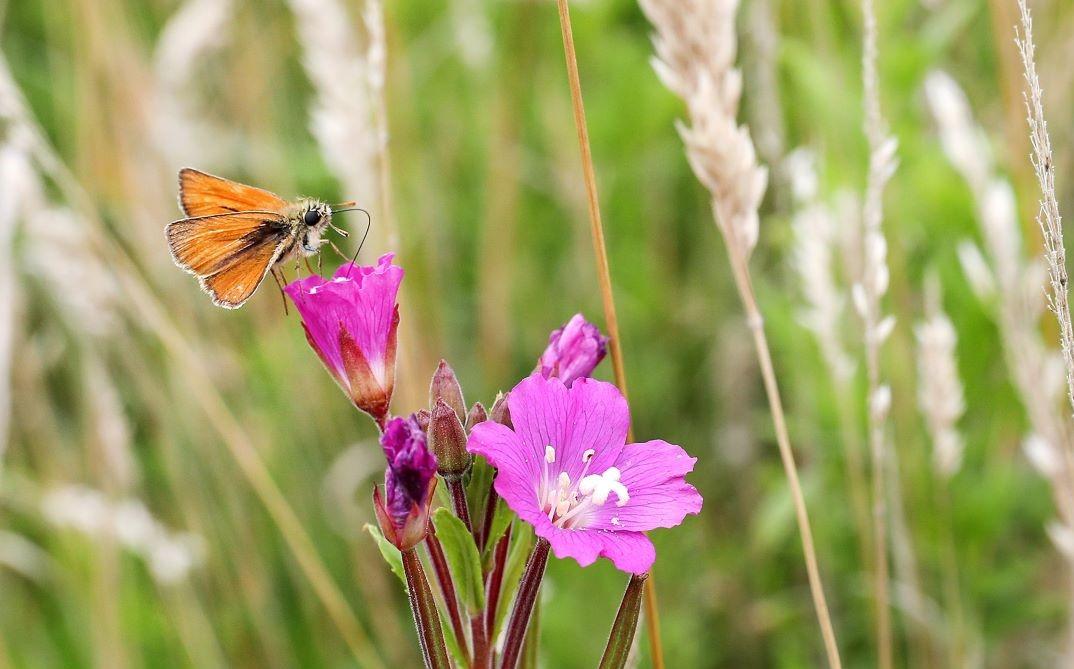
Learning in the Forest provided a lifeline for schools
We have always been passionate about learning in the Forest, and with government guidance encouraging schools to use outdoor learning as much as possible, it became a lifeline for local schools in the second half of 2020. We welcomed classes of children of key workers in May, and then to more children as broader school access was allowed from the 1st June. Seeing children play and enjoy learning in the Forest, just being ‘normal’ after such a prolonged and difficult period, was hugely rewarding and valued by children and teachers.
During the summer term, Mappleborough Green C of E Primary School brought their pupils in years 2 to 5, who would otherwise have had no contact with teachers for over 6 months. Headteacher Alex Finch said:
“We wanted them to spend time together and have fun, to support their transition into their new classes and do some collaborative learning. The opportunity to see their friends again, to bathe in the Forest and chase butterflies, was fantastic for the children. It was also a safe place to open up about their worries.”

We continued to invest in people
The whole year demonstrated the charity’s commitment to learning. Not just through our work with schools, but through our apprentice and internship schemes, and ongoing staff development. Due to Covid-19, 39% of apprentices lost their placements, so I am very proud that we continue to invest in training and talent. Not only did we work hard not to have to furlough staff, but we also actually expanded the team during 2020.
The grant secured from the Green Recovery Challenge Fund at the end of last year will enable us to build on our commitment to developing talent within the sector. 12 green jobs and training opportunities for 58 people will be created, plus the safeguarding of a further 12 jobs. Nine of the new roles are targeted at young people, providing high quality training for future career development in the sector. Included in the 58 training opportunities are 13 dedicated opportunities for young people with Special Educational Needs and Disabilities (SEND), a group that are shockingly underrepresented in the workplace. Read more about the economic benefits this will bring to the area.
We also welcomed two new trustees to strengthen further the skills and experience of our trustee board.
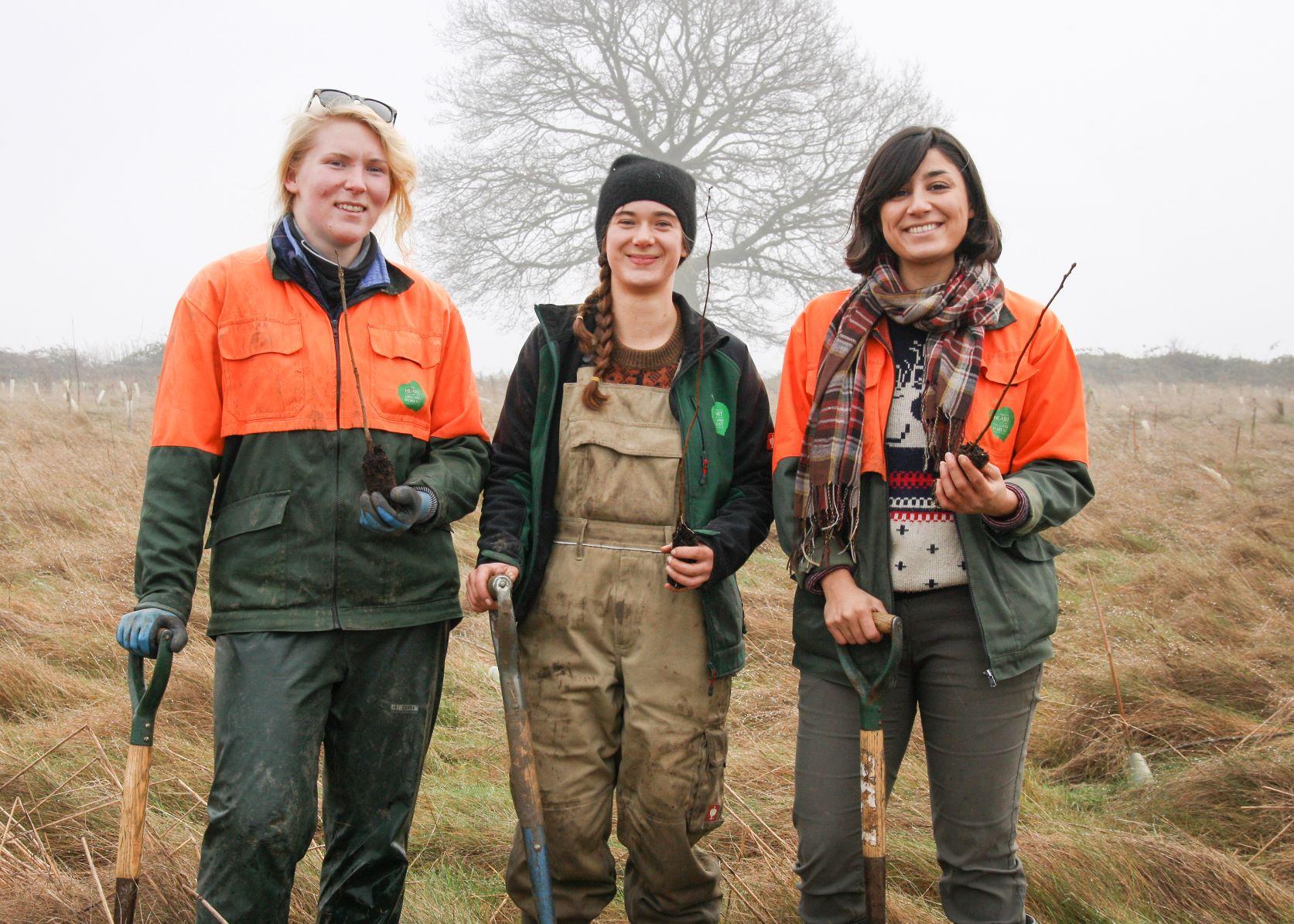
The forest continued to grow
The 2019-20 tree planting season finished in March and our staff and volunteers got 136,000 trees in the ground, taking our total to almost 1.9 million since the charity began. Over the year we secured new land at Bearley, Perry Mill and Cleeve Prior, adding 240 acres to the Forest and giving opportunities to engage more local communities in the future.
March also saw the opening of our first accessible wildlife trail in the Forest at Morgrove Coppice. It took incredible commitment and help from our volunteers to create and was made possible by fundraising support from an RDPE tourism grant. I am delighted with the positive feedback we have had about this trail, which makes spending time in nature possible for more people. Hearing from wheelchair users who can visit the Forest now alongside their families, is particularly special.
During 2020 we made great headway in our mission to support tourism in the area and the local economy, while investing the profits into growing the charity. Forest Bank, our new flood safe marina opened on the River Avon, and we secured planning permission to convert an existing old barn into sustainable, wheelchair-friendly holiday cottages, with work due to complete this year.
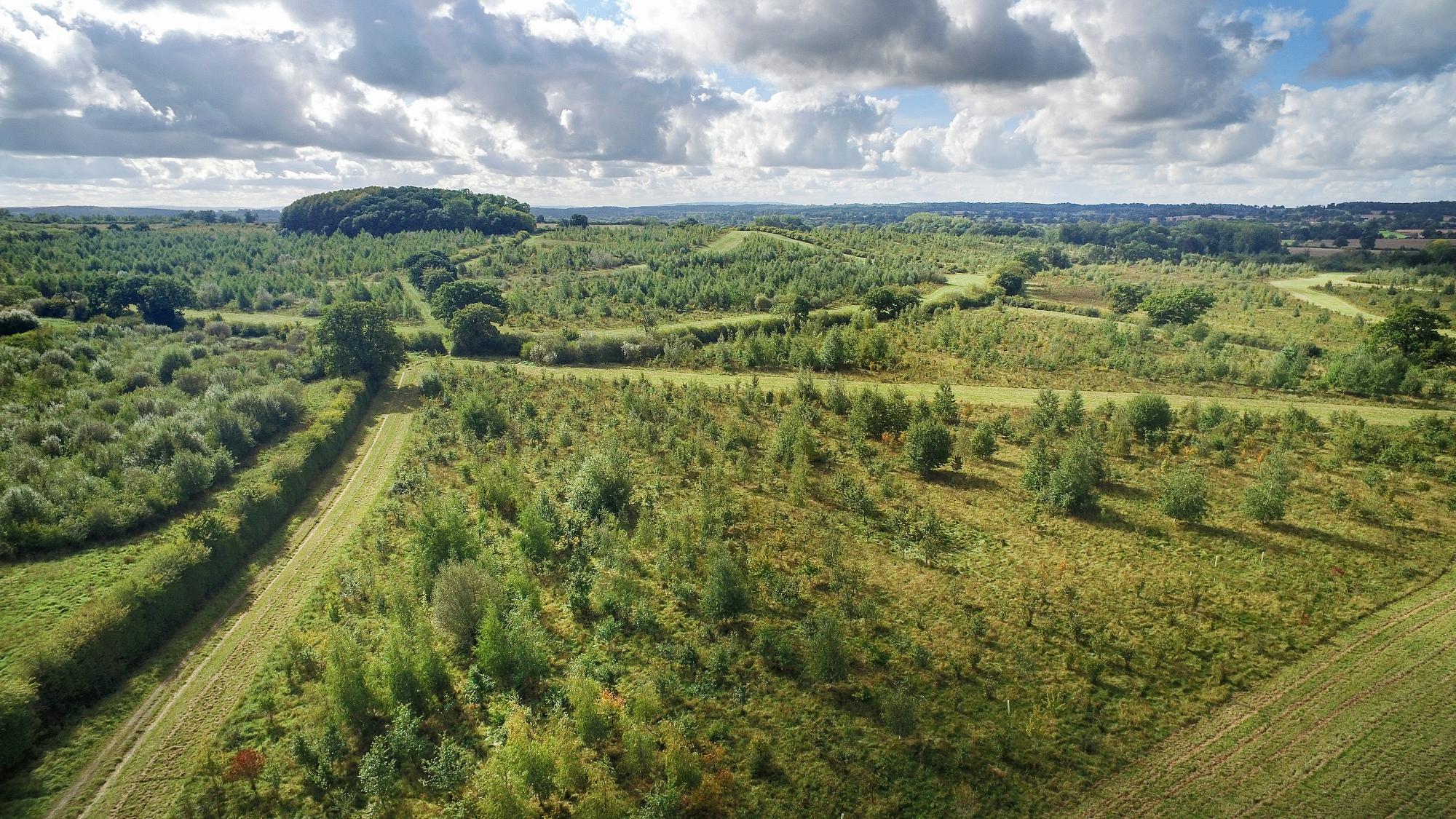
Volunteering helped to ease social isolation
We continued to engage with our volunteers in a coronavirus world by adapting our volunteering programme. Traditional practical volunteering in the Forest had to be suspended for a time, so we launched our micro volunteering programme to enable volunteers to support our work from home. These tasks included researching and writing content for our social media channels and e-newsletters, and undertaking heritage searches to enable us to plan future tree planting.
As soon as we were able to get small numbers of volunteers back into the Forest, our new Roaming Volunteers scheme began. Volunteers were able to assist individually, helping to keep the Forest and its public and permissive paths accessible for visitors.
We have been totally blown away by the incredible commitment and generosity of our volunteers – new and old, who have supported us remotely across the year. Despite the challenges, our fantastic volunteers spent over 4,060 hours helping us grow and manage the Forest in 2020, which is just incredible.

Our amazingly resilient and generous supporters – old and new
Staying constant throughout this year of change, has been the support we have received from you all. Whether through tree dedications, donations in car parks, or messages of encouragement, our supporters kept us all going and enabled the Forest to grow in the most extraordinary of years.
We welcomed double the number of new Friends of the Forests in 2020 compared to previous years. Our thanks and acknowledgement to Friends and visitors, old and new.
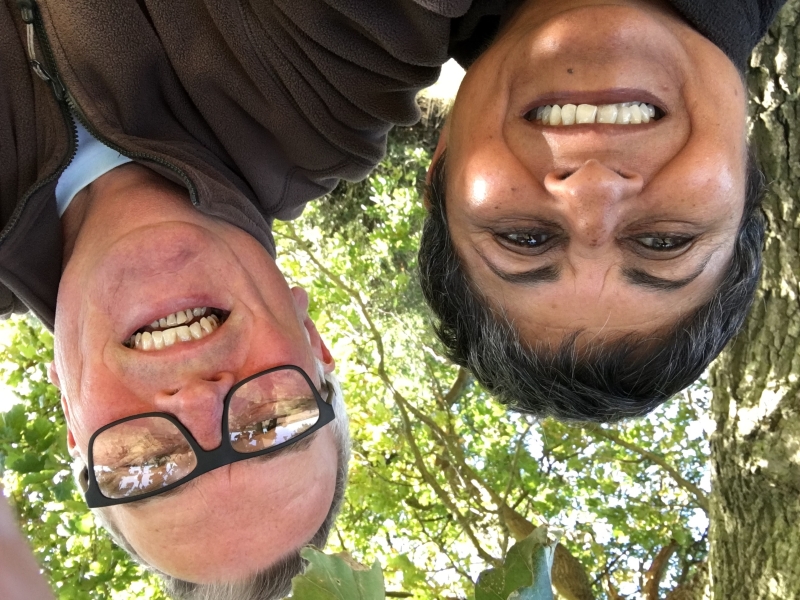
Looking ahead to 2021
I have a great deal of pride in how we responded and adapted to Covid-19 in 2020, across the Forest as a visitor destination, as a charity and as an employer. The Heart of England Forest will continue to play a really important part in people’s lives as we emerge from yet further lockdown restrictions. It remains an oasis of tranquility and calm in an otherwise uncertain world.
Despite ongoing challenges, 2021 provides us with a year of new opportunities, and I am really excited about working with you all to grow the Forest, expand our mosaic of habitats and create an increasingly valued resource for people, for wildlife, and for the environment.




